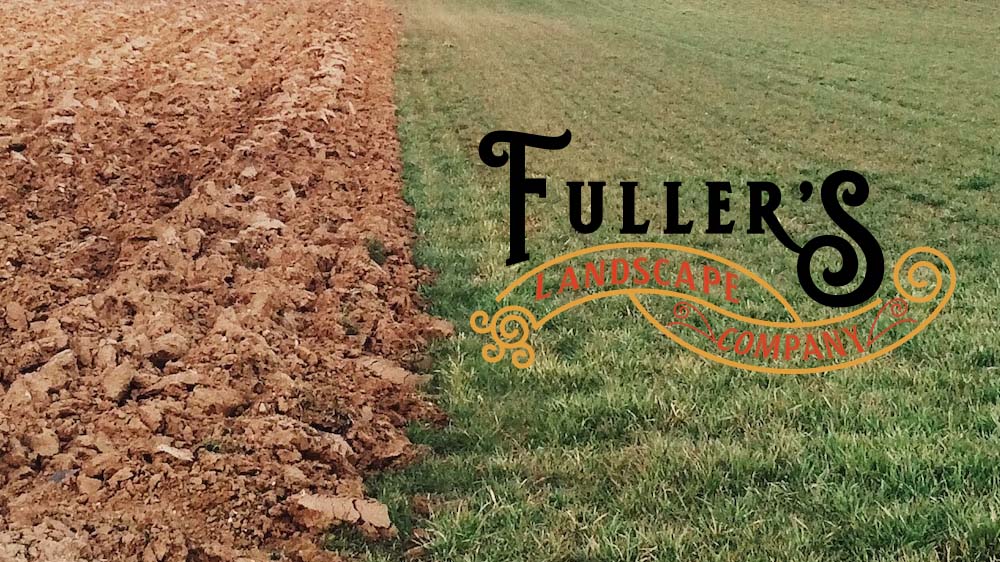
Hire Fuller’s Landscape now to help you complete an erosion assessment in Kelowna
Erosion Control, Mitigation, and More
Wildfires, with their voracious appetite for destruction, not only consume vast expanses of vegetation but also leave behind a trail of environmental havoc, disrupting the delicate equilibrium of soil stability. The aftermath of these infernos renders the affected areas highly susceptible to erosion, posing a serious threat to the ecosystem’s resilience and overall health. In the wake of such devastation, it becomes imperative to embark on a comprehensive strategy for rehabilitation and prevention.
Mitigating the adverse effects of wildfires involves a multi-faceted approach that addresses the various facets of ecological restoration. Erosion control emerges as a critical component in this endeavor, serving as a bulwark against the insidious erosion that can follow in the wake of a fire-ravaged landscape. A suite of proven erosion control measures stands ready to be deployed, each tailored to the unique challenges presented by the aftermath of a wildfire.
Silt fences (special farm fences), sturdy and unassuming, act as the first line of defense against soil loss. These barriers, strategically installed, effectively arrest the migration of sediment, preventing it from being carried away by water runoff. By impeding the movement of soil particles, silt fences afford the land an opportunity to heal and rejuvenate, facilitating the natural processes of vegetation regrowth and soil stabilization.
Mulching, another indispensable tool in the erosion control arsenal, plays a dual role in post-wildfire recovery. Beyond its conventional function of retaining soil moisture and suppressing weed growth, mulch acts as a protective cover, shielding the bare earth from the erosive forces of wind and water. This layer of organic material serves as a buffer, allowing the underlying soil to regain its structure and fertility while thwarting the onset of erosion.
Simultaneously, the strategic introduction of cover crops emerges as a biological solution to bolstering soil stability. These specially selected plants, planted strategically to cover exposed soil, offer a living shield against erosion. Their roots penetrate the earth, binding soil particles together and preventing them from being swept away during rain events. Moreover, cover crops contribute to the restoration of nutrients, fostering an environment conducive to the resurgence of indigenous flora.
In the intricate web of post-wildfire restoration, it is crucial to consider the structural integrity of any retaining walls within the affected property. The intense heat generated by wildfires can compromise the stability of these structures, necessitating a thorough assessment. Engaging in a meticulous evaluation of retaining walls ensures that any potential vulnerabilities are identified and promptly addressed. This proactive approach not only safeguards against the immediate risks posed by compromised walls but also contributes to the long-term resilience of the landscape, fortifying it against future environmental challenges.
The aftermath of a wildfire demands a conscientious and multifaceted response to mitigate the far-reaching consequences on soil stability. Erosion control measures, ranging from the installation of silt fences and strategic mulching to the cultivation of cover crops, offer a comprehensive toolkit for restoring and protecting the landscape. Concurrently, a vigilant examination of retaining walls ensures the structural soundness of the property, fortifying it against the enduring impacts of a wildfire’s destructive path. In the face of nature’s fury, a proactive and holistic approach is not only advisable but essential to fostering the recovery and resilience of the affected ecosystem.
Get in touch with us today if you want to learn more about landscaping your home post-wildfire in West Kelowna or Kelowna. We’re here to help you get safely on your way.
